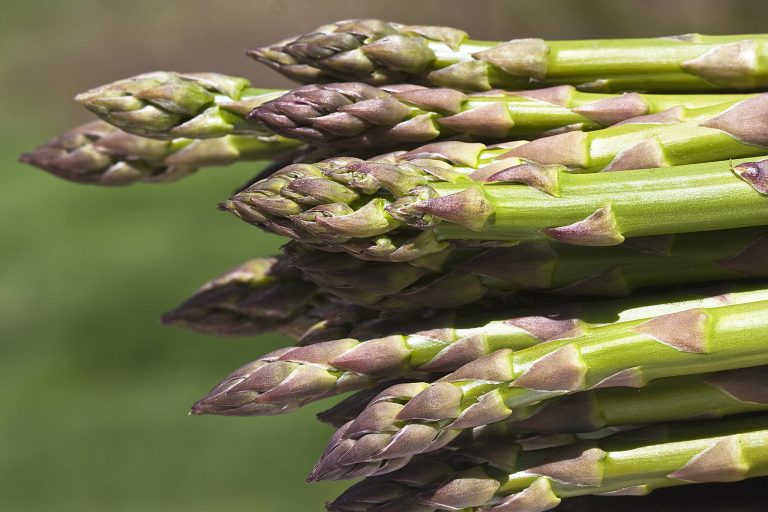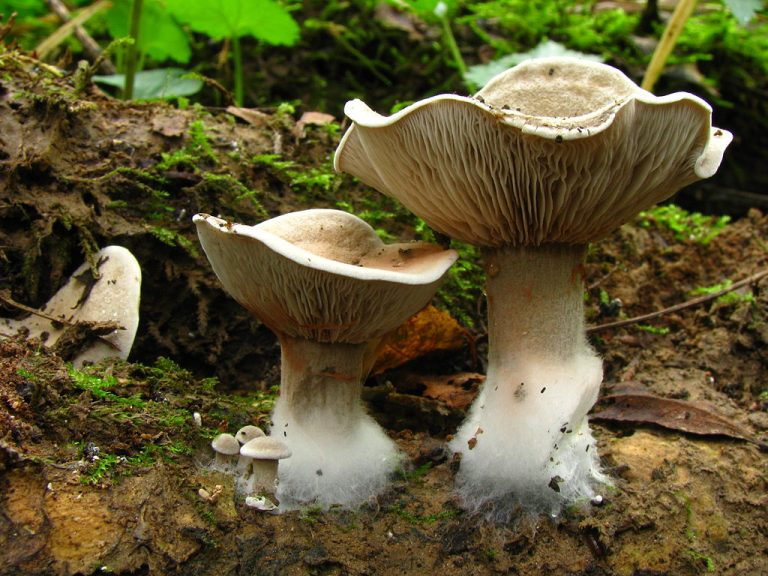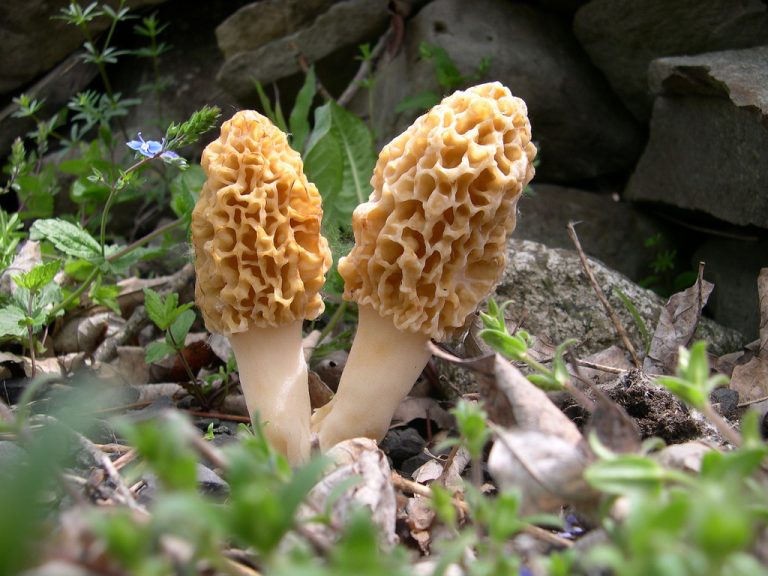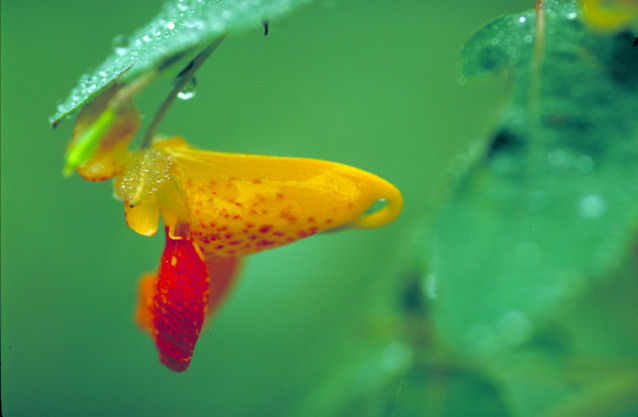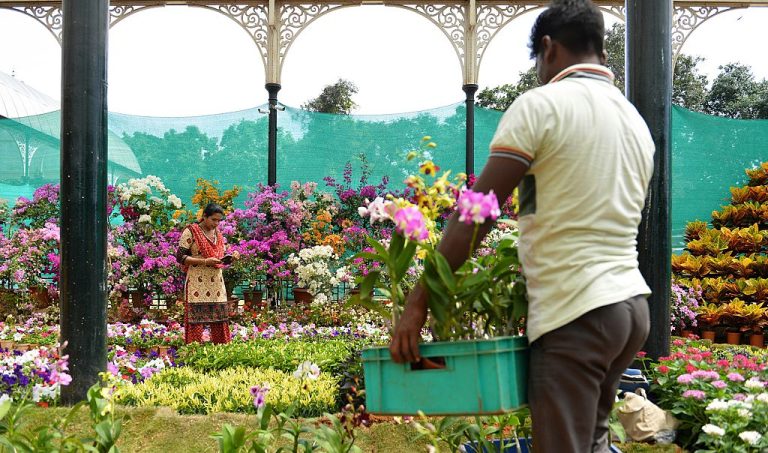In this 12-part series on seasonal eating, we have meandered our way through the months, looking at many interesting aspects on the topic, including:
- Chinese Soli Lunar Calendar (April)
- The Yin Yang Principles (May)
- Why Local matters (June)
- The Topic of Landrace (July)
- Preserving foods (August)
- Where Organic Matters Most (September)
- Foraging Mushrooms (October)
- Fermented Vegetables (November)
- Relishing Your Root Vegetables (December)
- Baking With Whole Grains (January)
- Traditional Chinese Hot Pot (February)
March, in terms of the 24 Solar terms in the Chinese calendar, begins with Jingzhe (惊蛰), which marks the start of the growing season — when flowers begin to bloom, insects awaken, and fields can be plowed. This two week period (March 5 – March 19) is followed by Chunfen (春分), or Spring Equinox — when the length of day and night are equal and wild edibles like amaranth and bamboo shoots are already available for harvest.
For most of us in the Northern Hemisphere, March is the perfect time to both plan, and plot out a garden — however small. By the end of the month we can begin to implement our plans, as the increasing temperature, light and rain will support our efforts. Thus, for our seasonal eating finale, we will tackle the fundamentals of growing your own food.
Planning a garden
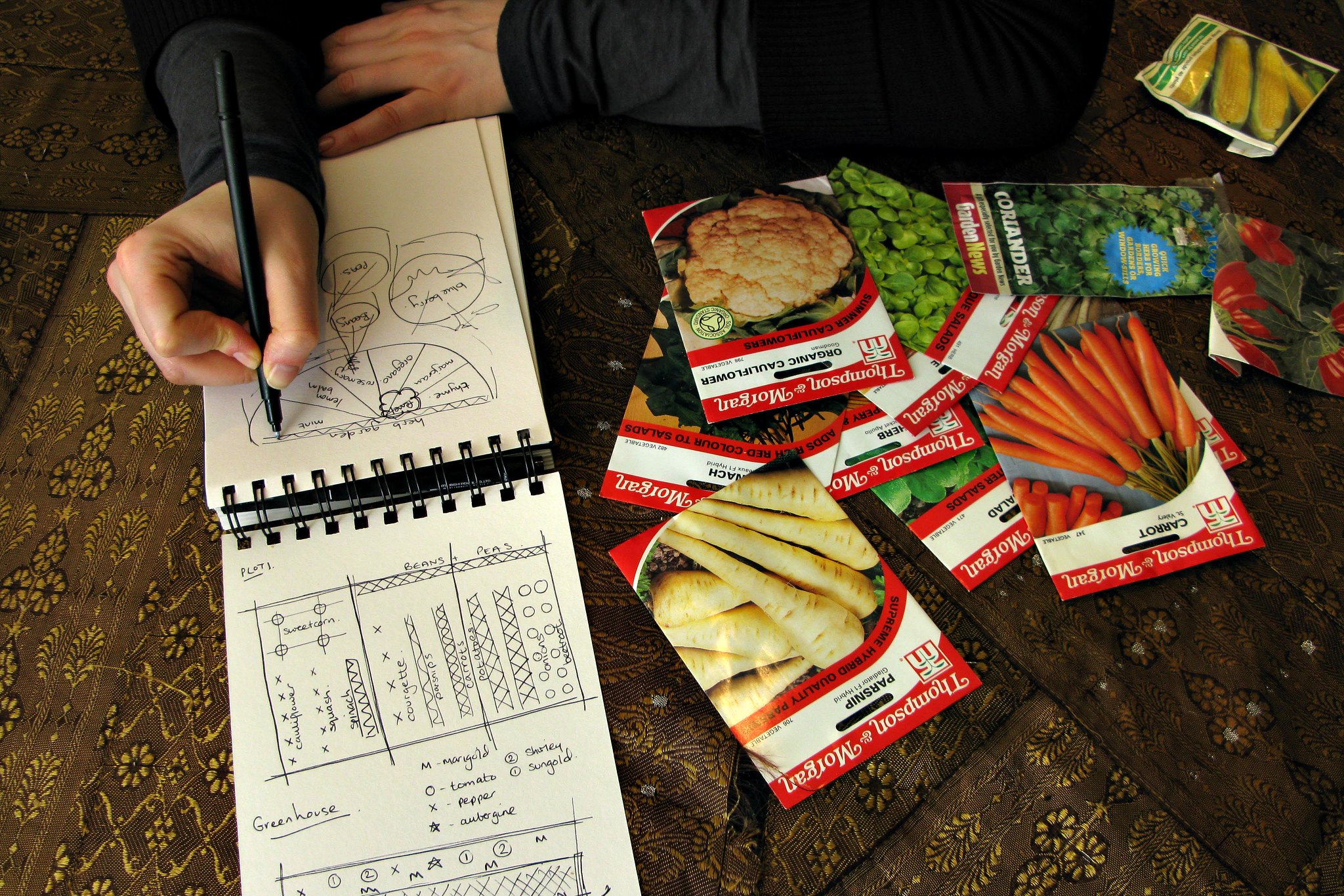
A wide variety of gardening methods — including, biodynamics, companion planting, container gardening, organic, permaculture, hydroponics, square foot gardening, raised beds, no-till, lasagna and more — offer a solution for even the most difficult situations, as well as fodder for another fascinating series! Here we will just cover the basics, which can be applied to the method(s) of your choice.
Selecting a location for your garden will depend largely on your situation. Even if your space is limited to a small front yard, an asphalt driveway, a sunny kitchen or a basement apartment, you can grow food. While all plants do have some minimum requirements, many of them are fairly adaptable about how these are presented.
Success
You are now signed up for our newsletter
Success
Check your email to complete sign up
Unless you plan to focus on mushrooms, sunlight is an important factor in any garden. If you have a sunny space available, you are halfway there already. If not, don’t despair. A shady garden can support many plants as well, and you can also enhance your lighting with reflective materials. If you are growing indoors, it may be necessary to supplement with grow lights.
Equally important is water. Most produce needs a steady supply of water throughout the growing season. Having a convenient water source can be the key to keeping a productive garden. Normally, a standard garden hose will do the trick, but you can also set up simple (or sophisticated) irrigation systems if you are unable to tend to the watering regularly.
Like most organisms, plants do best at certain temperatures. Seeds can be started early indoors, but you should wait until the soil temperature is agreeable (55-65° F for most summer crops) before planting out. Germination itself can rely heavily on temperature. If you are impatient to get started, it can be induced with a small heating pad. On the other hand, seeds sown directly in the soil in the early spring will often wait until conditions are right for both germination and growing.
Finally, a good growing medium can ensure that your plants will thrive and produce plenty of food. Usually, a balanced soil rich in organic matter will provide all the nutrients necessary for healthy plants. Soil that is dry and lifeless should be heavily amended with composted organic matter and peat moss. If you are making a container garden or raised bed, you can create an excellent potting soil by mixing three parts compost to one part peat moss and one part vermiculite.
Once you have these essentials, you can begin thinking about what you want to plant.
Plant selection
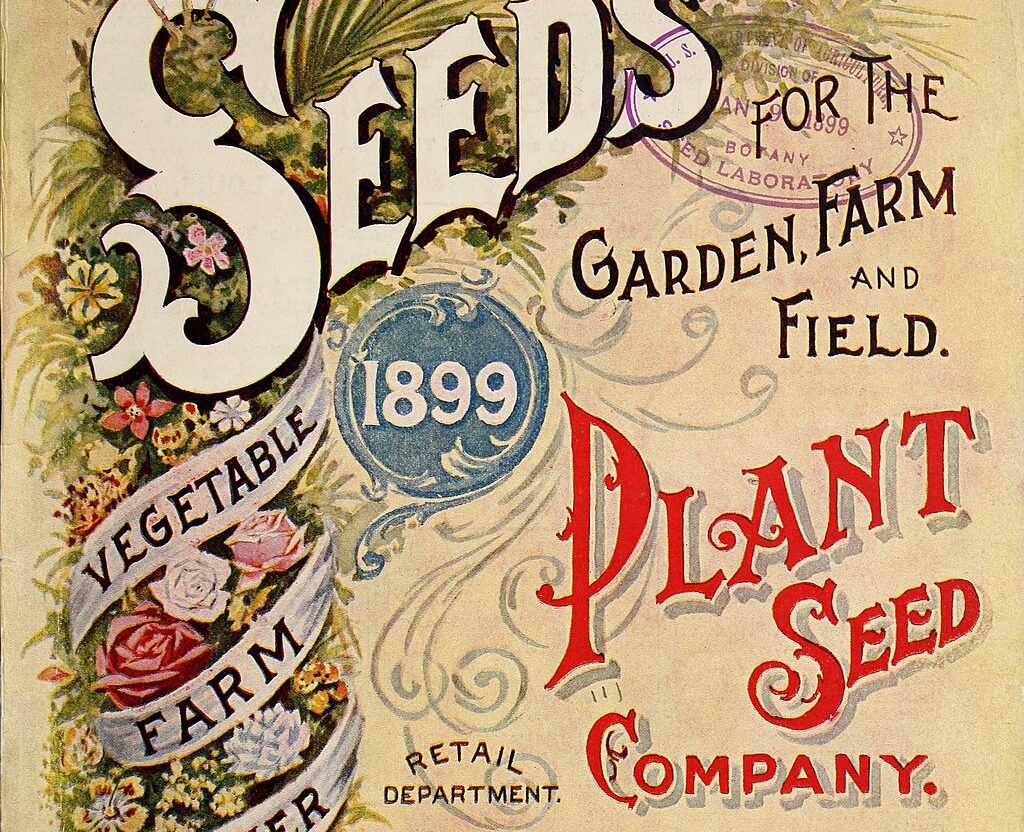
If you have sufficient space, you will want a wide variety of plants to make the most of your growing season. Food crops can be categorized by their temperature preference. “Cool season” crops include plants in the beet, cabbage, carrot, lettuce and onion families, some of which are hardy even into the winter. Taking each crop’s cold tolerance into consideration will enable you to extend your season.
“Warm season” crops — such as tomatoes, peppers, sweet potatoes, cucumbers, squash and green beans — produce at the height of summer, when many of your cool season crops have bolted or withered. They have zero frost tolerance, however, and will give way to another round of cool season crops in the fall.
Include edible perennials if you have the space outdoors. Crops like asparagus, Jerusalem artichoke, horseradish and rhubarb can provide many years of bounty with very little work.
If you are limited to container gardening, select plants that are suitable for your space. Some plants — like tomatoes and summer squash — can grow very large, and each plant will need a pot about the size of a five-gallon bucket. Place these in full sun, give them plenty of water and replenish their nutrients periodically with a top-dressing of compost.
Smaller plants — like greens, peas and radishes — can be grown in smaller containers in part sun. Plants like sweet corn, winter squash and broccoli are not recommended for containers. Most herbs, microgreens and hot peppers are excellent choices for a sunny window indoors. Basement dwellers may do well with a hydroponic garden system that includes lighting.
Protect your produce
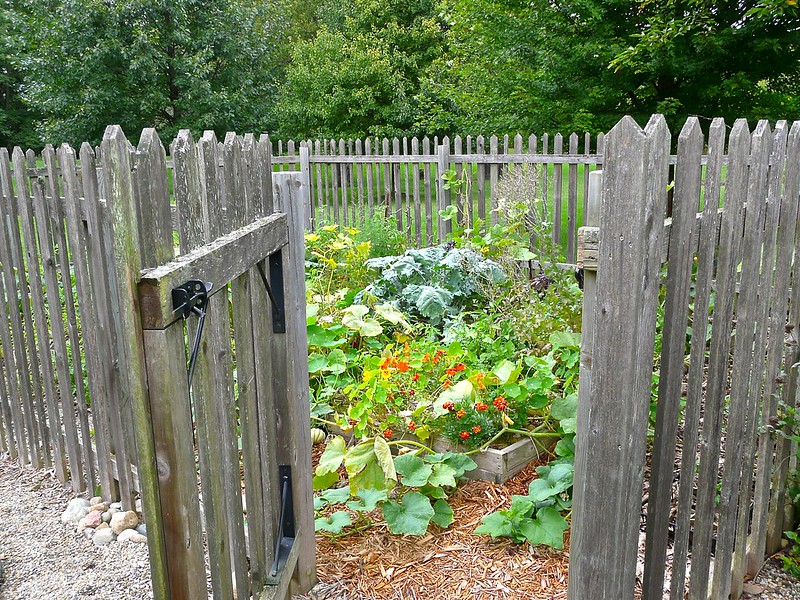
One of the greatest deterrents to gardening is the fierce competition with our animal friends. Many people throw up their hands in disgust after years of seeing their delicious produce devoured by the critters. If you are putting your efforts into an outdoor garden, this is an issue you will have to face; but as the saying goes, “an ounce of prevention is worth a pound of cure.” Try to imagine all the potential pests in your area, and make preparations for dealing with them.
A small garden can be contained relatively easily with fencing. Before you plant anything outdoors, you should have a good sturdy barrier — approximately eight feet in height for deer, and at least 18 inches below the surface for groundhogs. If the area is small enough, consider a cover of wire mesh to keep squirrels and birds out, too.
If you find such barriers to be unattractive and cumbersome, there are other options to try. I always place large stones around my newly-planted seedlings to prevent squirrels from digging them up. Scents like garlic and hot pepper can deter some pests, but need to be applied before you have a problem rather than after. Once an animal finds a good source for food, there’s little that will convince it to leave off. A hawk kite or reflective, moving material may help keep smaller birds and rodents away from your berries.
Growing your own food
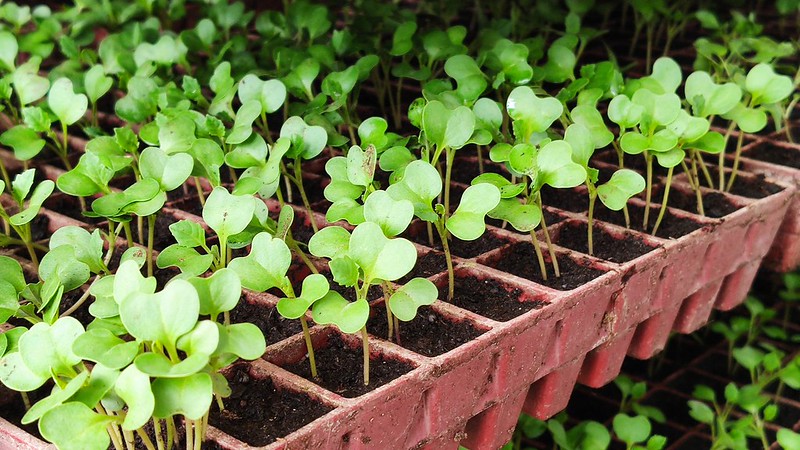
While making these preparations, you can also sow some seeds. Seeds for cool-season crops will generally germinate easily in small containers of potting soil. Give them a sunny window at room temperature with even moisture. Carefully move each seedling to an individual cell once they develop a couple of true leaves.
Seeds from warm-season crops generally require warmer temperatures to germinate. Keep the pots in an area with continuous warmth (above 80° F) or over a small heating pad, for around a week and you should see seedlings start to emerge. Warm season crops tend to be fast growers, however, so starting them too early isn’t recommended — unless you’re prepared to keep large plants indoors.
Once the soil temperature gets into the 50s, you can start planting most perennials and cool-season seedlings outdoors. Wait until after your final frost date to plant out your summer crops. Be mindful of the mature size for each plant and space them appropriately. If you’re growing indoors, bump up your plants to a larger pot when you can see the roots through the hole at the bottom of the container.
It won’t be long before you can enjoy home-grown greens and radishes. Harvest with care not to disturb the surrounding plants, and keep your beds tidy and moist. Witnessing the miraculous progress of your garden will make quick work of the few months before your more substantial produce matures.
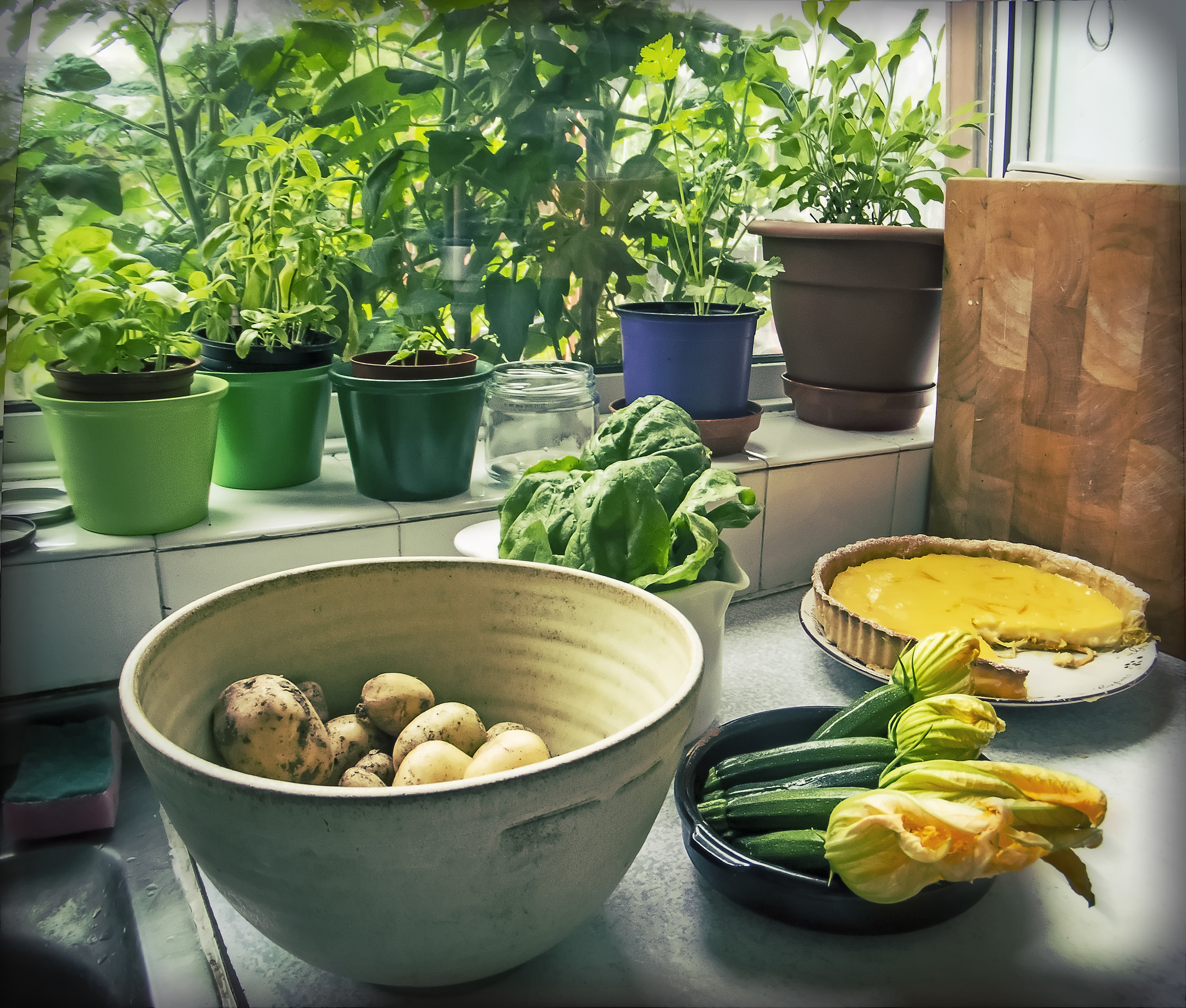
If you love the varieties you grew, try saving seeds from them. If not, you have an abundance to choose from next year!
Ironically, we’ve ended our journey at the beginning of a new adventure. I hope you’ve enjoyed the ride and gained some appreciation for seasonal eating!



